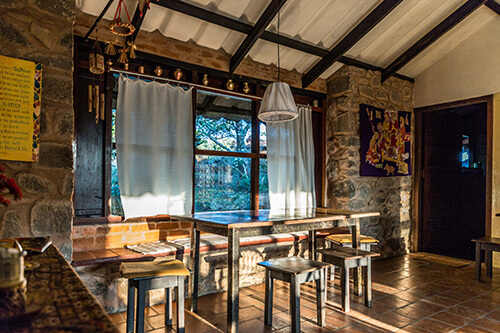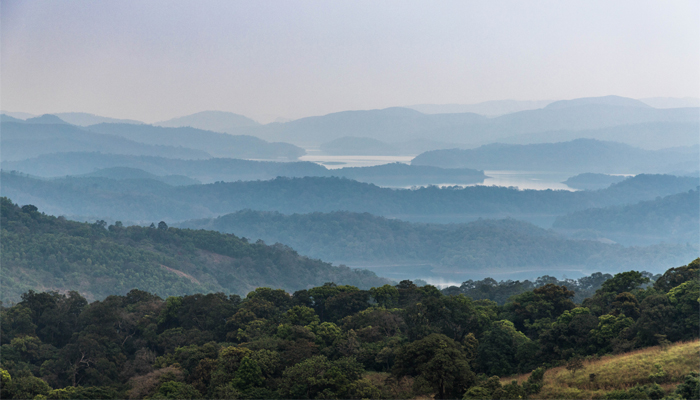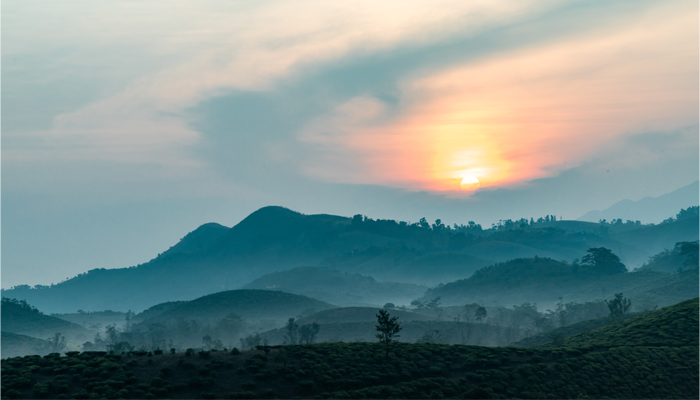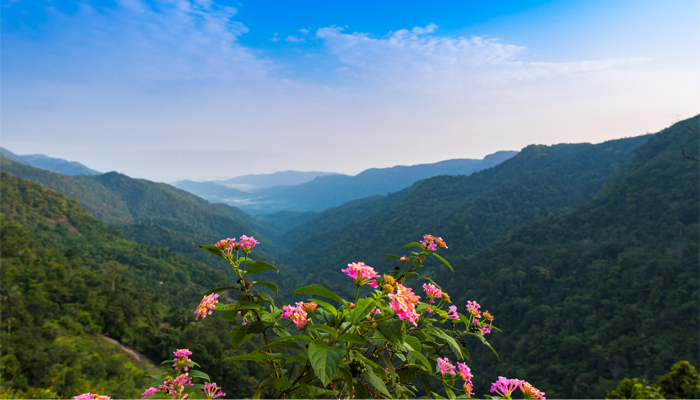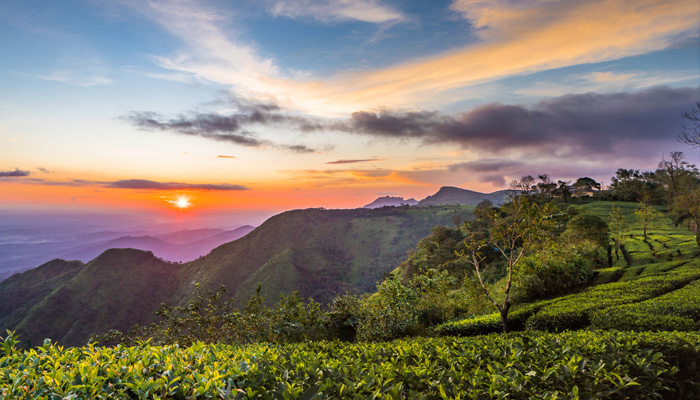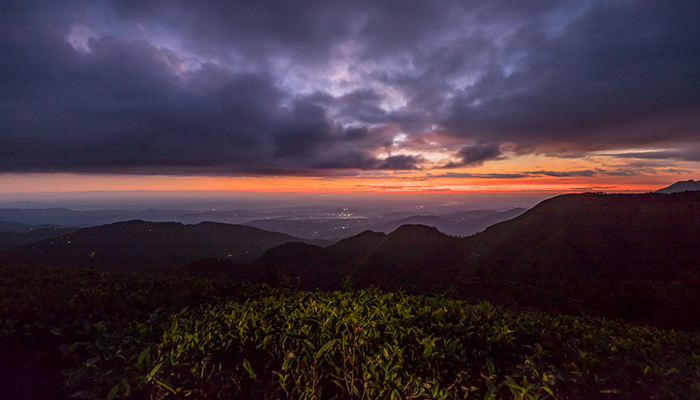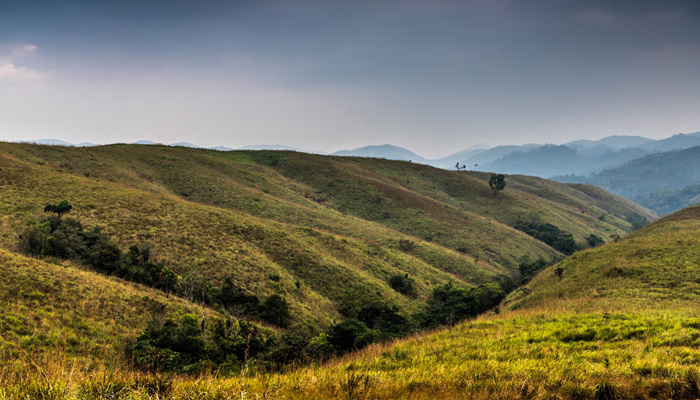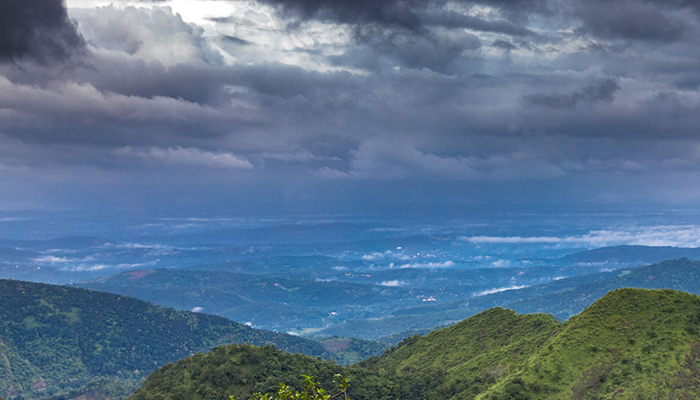‘In 1963 the Bakers moved to Kerala, Elizabeth Baker's homeland. Laurie happened to meet a Belgian monk Francis who followed the Hindu way of monasticism and had started an ashram at Kurisumala in a place called Wagamon in the Kottayam/Idukki border. When Laurie told him about their work in the Himalayas Acharya Francis convinced Laurie to come stay in Wagamon since the tribal people and poor displaced people here had no medical facilities at all. Both in Pithoragarh and Wagamon, the Bakers started a hospital and several schools. These were opportunities for Laurie to build. The unique and extreme climatic conditions and topographical challenges of the Himalayas and the remote densely wooded hills of South India meant Laurie had to use his ingenuity and skills to utmost’. ( lauriebaker.net)
‘After graduating from Birmingham School of Architecture, Baker made India his home where he addressed the housing needs of the poor, sometimes called the ‘Gandhi of Indian architecture’
Life and work are rarely as well aligned as in the case of the British-born Baker, who made India his home in the mid-1940s. His work developed an impressive model of a sustainable and egalitarian approach to architecture in India well before Schumacher’s Small is Beautiful and the 1973 OPEC crisis raised questions with which we are still grappling. Baker’s life-work, meanwhile, embodies important propositions for a socially meaningful practice of modern architecture anywhere. That he moved to India, at the urging of Mahatma Gandhi, to serve the very people that British colonisation had thoroughly impoverished, reveals the grain of his critical humanism. (He became an Indian citizen in 1988.) But his special contribution might well be to show that high-mindedness need not always involve heavy-breathing self-consciousness. The skill and creativity with which he designed and built sturdy, low-energy, cost-effective, context-aware architecture for the poor and elite alike attests to that. ( Himanshu Burte, Architectural Review 25 Nov 2019)













